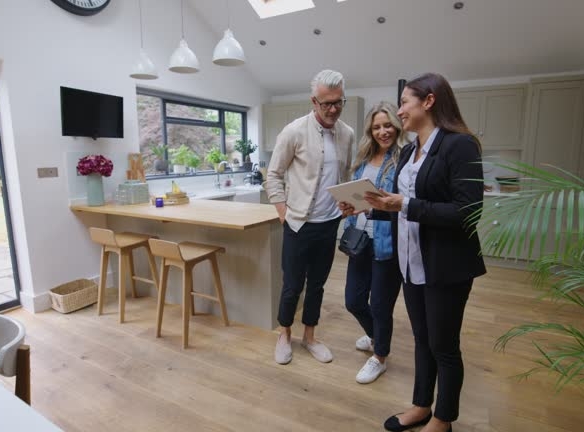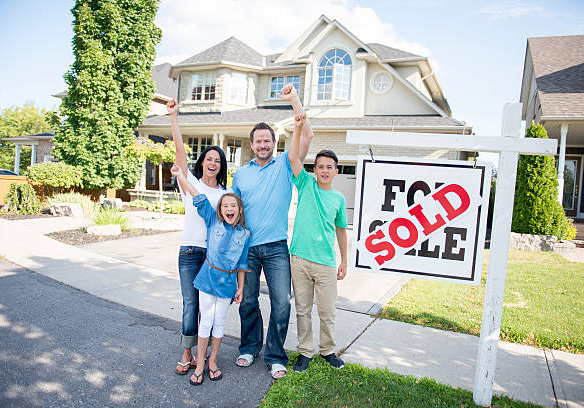The rising cost of wood and limited availability of quality raw materials are making it increasingly difficult for small and medium furniture manufacturers to source good wood.
European countries, adhering to the EUTR regulation, require that timber must not come from illegal sources. This regulation further complicates the continuous supply of wood, pushing furniture makers to look for alternative materials with similar properties to solid wood. This challenge has spurred the exploration of Eco-Friendly living room cabinet ideas that use these alternative materials.
The living room is typically located at the front of the house and serves as a common area for receiving guests, reflecting the character and taste of the homeowner. Integrating the living room with the nearby kitchen or front foyer makes its design particularly important.
In the quest for a stylish yet sustainable home, eco-friendly living room cabinets stand out as both functional and beautiful. Whether it’s through the use of reclaimed wood, bamboo, or upcycled materials, there are plenty of ways to incorporate environmentally conscious choices into your décor. Not only do these options help reduce your carbon footprint, but they also add a touch of natural elegance to your living space.
Here are Five Stunning and Eco-Friendly Living Room Cabinet Ideas to Consider for Your Home;
1. Reclaimed Wood Cabinets

Reclaimed wood is a fantastic option for eco-friendly living room cabinets. It involves repurposing wood from old buildings, barns, or even wine barrels. This process not only gives new life to aged materials but also reduces the demand for new lumber, conserving forests. When sourcing reclaimed wood, look for suppliers who specialize in sustainable practices and ensure the wood is free from harmful chemicals or pests.
Reclaimed wood cabinets come in various styles, from rustic and vintage to sleek and modern. The aged texture and unique grain patterns of reclaimed wood bring a distinctive charm to your living room. Consider cabinets with a natural finish to highlight the wood’s character or opt for painted versions for a more polished look. The versatility of reclaimed wood allows it to complement both contemporary and traditional décor styles.
Maintaining reclaimed wood cabinets is straightforward. Regular dusting and occasional cleaning with a damp cloth keep them looking their best. Avoid using harsh chemicals, as they can damage the wood. Instead, opt for natural cleaners or a mixture of vinegar and water. Additionally, periodic re-oiling can help preserve the wood’s beauty and durability.
2. Bamboo Cabinets

Bamboo is an incredibly sustainable material, known for its rapid growth and minimal environmental impact. Unlike traditional hardwoods, bamboo regenerates quickly, making it an excellent choice for eco-friendly living room cabinets. Its strength and durability also make it a practical option for high-traffic areas like the living room.
Bamboo cabinets can enhance your living room with their clean lines and natural warmth. They are available in various finishes, from light, natural tones to darker, stained hues. To incorporate bamboo cabinets into your décor, consider pairing them with neutral colors and natural textures. Bamboo’s versatility allows it to blend seamlessly with different interior design styles, from modern minimalist to tropical-inspired themes.
Caring for bamboo cabinets is simple. Dust them regularly and clean them with a soft cloth and mild detergent. Avoid excessive moisture to prevent warping. Bamboo is naturally resistant to pests and mold, but placing it in a well-ventilated area helps maintain its integrity.
3. Upcycled and Repurposed Cabinets

Upcycling involves transforming old or discarded items into something new and useful. For eco-friendly living room cabinets, this could mean converting an old dresser into a stylish media console or using vintage crates as modular storage units. The key to successful upcycling is creativity and a keen eye for potential in everyday objects.
Blending upcycled cabinets with your existing furniture can create a cohesive and eclectic look. Use paint or stain to unify different pieces, and accessorize with complementary décor items. Mixing modern and vintage elements can result in a unique, personalized living room that reflects your style and commitment to sustainability.
Upcycling reduces waste by giving new life to old items and keeping them out of landfills. It also reduces the demand for new materials, conserving natural resources. By choosing upcycled cabinets, you’re making a positive impact on the environment while adding character and charm to your living space.
4. FSC-Certified Wood Cabinets

The Forest Stewardship Council (FSC) certification ensures that wood products come from responsibly managed forests that provide environmental, social, and economic benefits. FSC-certified wood is a guarantee of sustainability, making it an ideal choice for eco-friendly cabinets.
When selecting FSC-certified cabinets, look for the FSC label and certification number. This ensures the wood’s origin and the sustainable practices used in its harvest. FSC-certified cabinets come in various styles and finishes, so you can find something that fits your aesthetic while supporting responsible forestry.
FSC-certified wood cabinets are not only eco-friendly but also durable and high-quality. Investing in such cabinets supports sustainable forestry and promotes better environmental practices. Over time, you’ll benefit from furniture that’s both beautiful and responsibly sourced.
5. Cabinets with Low-VOC Finishes

Volatile Organic Compounds (VOCs) are chemicals found in many household products, including paints and finishes. They can emit harmful gases that affect indoor air quality and health. Low-VOC finishes minimize these emissions, making your home safer and more eco-friendly.
When shopping for cabinets, ask for low-VOC or no-VOC finishes. Many manufacturers now offer eco-friendly options that are better for both your health and the environment. Check product labels and certifications to ensure you’re choosing cabinets with minimal environmental impact.
Low-VOC cabinets contribute to healthier indoor air quality, reducing the risk of respiratory issues and other health problems. They also have a lower environmental impact, as their production involves fewer harmful chemicals. By opting for low-VOC finishes, you’re creating a safer, more sustainable living environment.
Enhancing your living room décor with eco-friendly living room cabinets is a wonderful way to combine style, sustainability, and functionality. Whether you choose reclaimed wood, bamboo, upcycled materials, FSC-certified wood, or low-VOC finishes, each option offers unique benefits that contribute to a greener home. By making thoughtful choices, you’re not only improving your living space but also supporting practices that are better for the planet.
READ MORE: Discover 2024’s Hottest Living Room Cabinet Trends





Join The Discussion